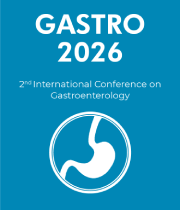Endoscopic Ultrasound
Endoscopic Ultrasound (EUS) is a type of imaging test that combines the use of an endoscope and ultrasound. It enables physicians to obtain detailed images of the digestive tract and its surrounding organs, including the pancreas and gallbladder. With this technology, doctors can identify the size, shape, and structure of any abnormalities, as well as detect any tumors or other diseases. During an EUS procedure, a thin, flexible tube with an ultrasound transducer at the tip is inserted through the mouth and into the digestive tract. The transducer emits sound waves that bounce off the organs and create an image on a computer monitor. The image is then used to diagnose and monitor various diseases and conditions, such as pancreatitis, gallstones, and cysts. In addition to diagnosing diseases, EUS can also be used to help guide other treatments, such as biopsies and drainage of fluid collections. During the procedure, a physician may also use the imaging to guide injections of medications or to insert other instruments. EUS is a safe and effective procedure and is usually well tolerated by patients. However, there may be some discomfort or nausea associated with having a tube inserted into the digestive tract. EUS is most often used to diagnose diseases of the digestive tract, but it can also be used to detect abnormalities in other organs, such as the lungs and heart. Overall, endoscopic ultrasound is a valuable imaging tool that can provide detailed images of the digestive tract and its surrounding organs. This technology can be used to diagnose, monitor, and guide various treatments for diseases and conditions.



